How one man defied Stalin and risked death by firing squad to conceal outlawed art from the Soviets
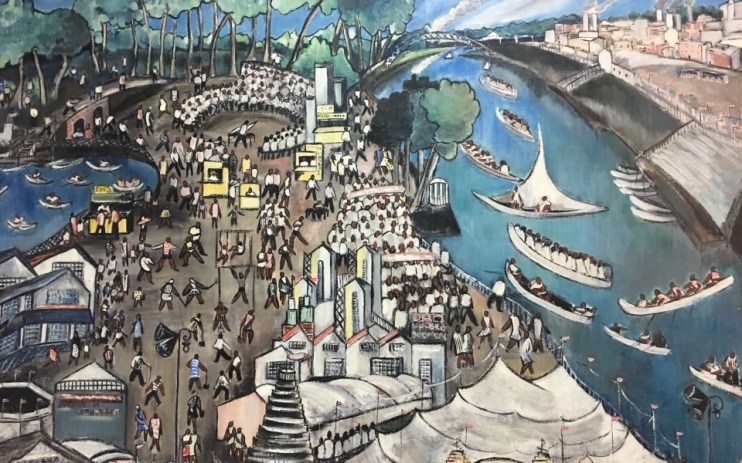
If you had to hide a work of art, where would you put it? And what if there were 80,000 of them, you needed to keep them safe for an indeterminate but undoubtedly lengthy period, and the penalty for discovery was imprisonment in a Soviet gulag, or even death? The man who accomplished this feat, Igor Savitsky, is quite probably the greatest unsung hero in the history of art.
The story begins in 1932. The Central Committee of the Communist Party decree On Restructuring Literary and Artistic Organizations disbanded all existing associations for writers and artists. Two official unions were established in their stead. Members of the new Union of Artists were expected to pursue the ideals of Socialist realism; those working in decadent, bourgeois styles such as impressionism, futurism, cubism, primitivism, surrealism — anything which fell under the avant garde banner, or was critical of the Soviet state — were cast out.
Chagall and Kandinsky sought refuge in France, continued to work, and became household names; those who stayed behind in the Soviet Union were prohibited from selling or exhibiting their work, and in extreme cases were imprisoned in labour camps and mental hospitals, or even shot. The paintings, sketches, and sculptures which were not immediately destroyed languished in basements, attics, and outhouses, where mice, mould, and damp continued Stalin’s bid to eradicate them.
20 years later and more than 1,600 miles away from Moscow, a young Soviet painter joined the Khorezm Archaeological and Ethnographic Expedition of the Academy of Sciences of the USSR. He studied the dozens of ancient desert fortresses that lie between the Amu Darya and Syr Darya rivers in Central Asia, and fell in love with the landscapes, culture, and people of Karakalpakstan. The man’s name was Igor Savitsky.
When the expedition ended, Savitsky stayed on. He began collecting archeological finds and Karakalpak folk art — everything from decorative head dresses to a full size yurt. With the support of Karakalpakstan’s authorities, he established a regional museum in the city of Nukus in 1966, which they literally named ‘The Karakalpakstan State Museum of Art, Named After I.V. Savitsky’. He emphasised the importance of preserving cultural heritage and, at the same time, inspiring the next generation of Karakalpak artists. This required the purchase of plaster copies of Classical masterpieces, and also the drawings and paintings of artists linked to Central Asia.
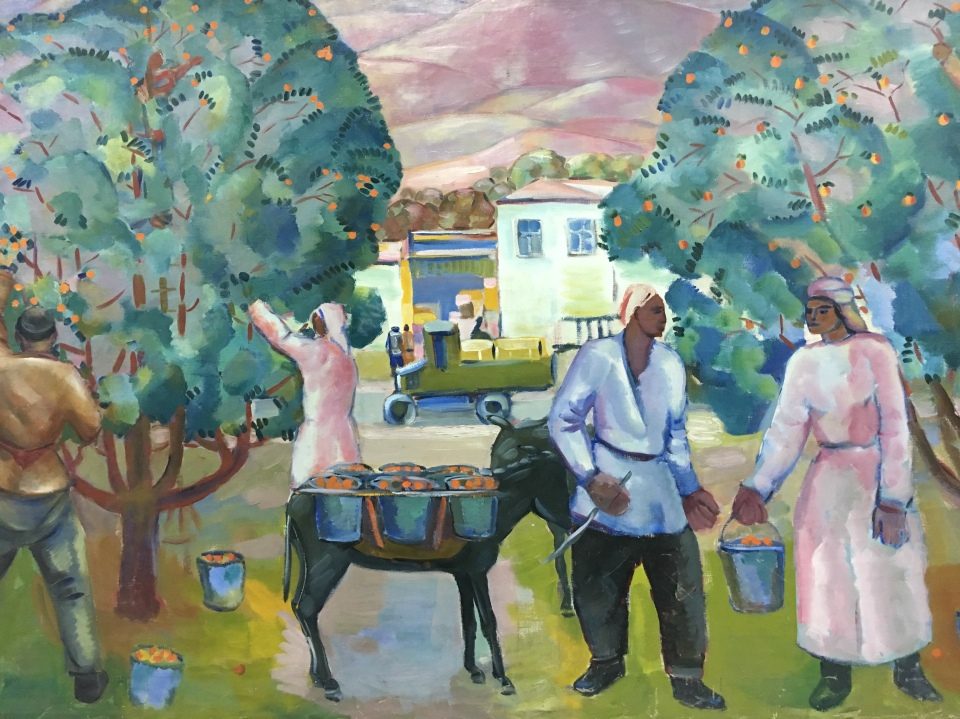
Savitsky’s approach to collecting art was obsessive. He didn’t just want the highlights of an artist’s career; he wanted to be able to illustrate every aspect of their artistic and intellectual development. Key artists working in Central Asia in the 1920s and 1930s (many of whom were ethnic Russians) had experimented with everything from orientalism to Russian iconography, and from the avant garde to realism. They worked closely with other artists from other parts of the Soviet Union, influencing one another. Savitsky wanted every aspect of their work represented in his collection, including those degenerate styles which fell foul of the 1932 decree.
The Karakalpak authorities had “some awareness” of the illegality of what he was doing, says the museum’s current head of exhibitions Mirigul Erekeeva. “They didn’t agree with it but couldn’t say no, and they supported Savitsky because he included Karakalpak art.”
The paintings Savitsky wanted were not for sale on the open market; they had long since been banned from galleries and auction houses. He therefore went house to house in towns and cities across the USSR, visiting artists, their families, and friends — anyone who might have a painting, a sketch, or a graphic tucked away. Savitsky made acquisitions using official museums funds (yes, the state unwittingly paid for the art), and he sold his own possessions to raise more cash.
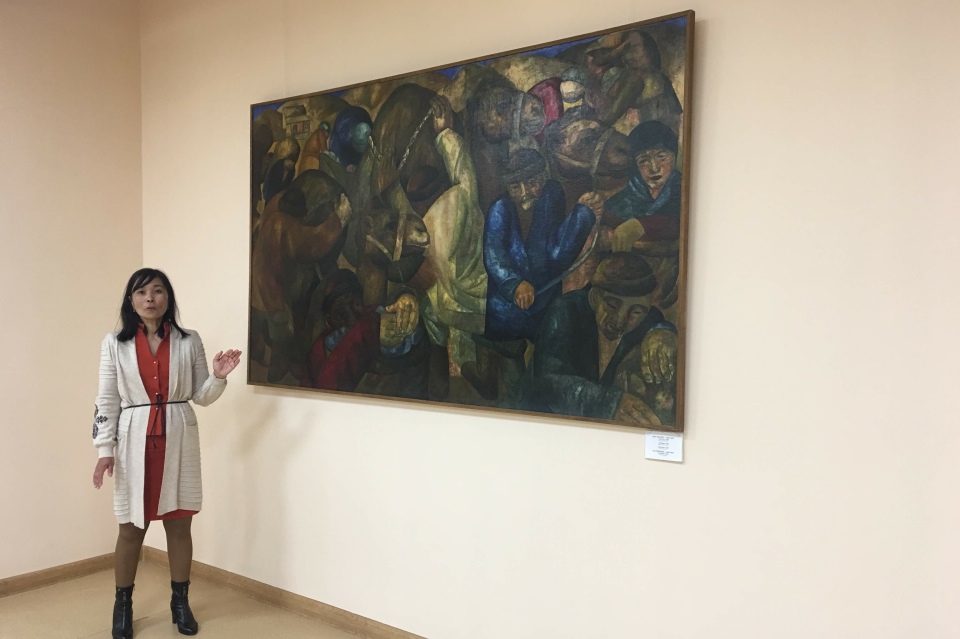
On occasions when there was no money left, he issued IOUs, or convinced owners to part with their paintings for nothing more than the promise of safekeeping. When he discovered Nikitin’s portrait, Alisher Navoi, it was being used to patch a ceiling and was severely water damaged; Kurzin’s Capital had been cut down to a fraction of its original size, apparently to remove incriminating evidence against the artist; and Solokov’s sketches from the labour camp in which he was interred were done on the backs of cigarette boxes and scraps of paper, items which could easily have been swept into the trash. Savitsky regarded them all as treasures, and brought them back to Nukus.
Read more: Trek across the ice fields of Finland on a Northern Lights tour
Savitsky’s collection grew and grew. He amassed over 100 works by Volkov, more than any other museum in the world. He acquired in excess of 1,000 paintings, sketches, and works in progress by Tarasov; and 400 paintings and 1,600 graphics by Stavrovskiy. The only surviving paintings by Lysenko are all here, and so too are artworks by painters whose very existence the world has forgotten.
“There are wonderful artists people have never heard of, including many women,” explained Charlotte Douglas, professor of Russian art at New York University, “and great works from artists we thought we understood but now realise we don’t.”
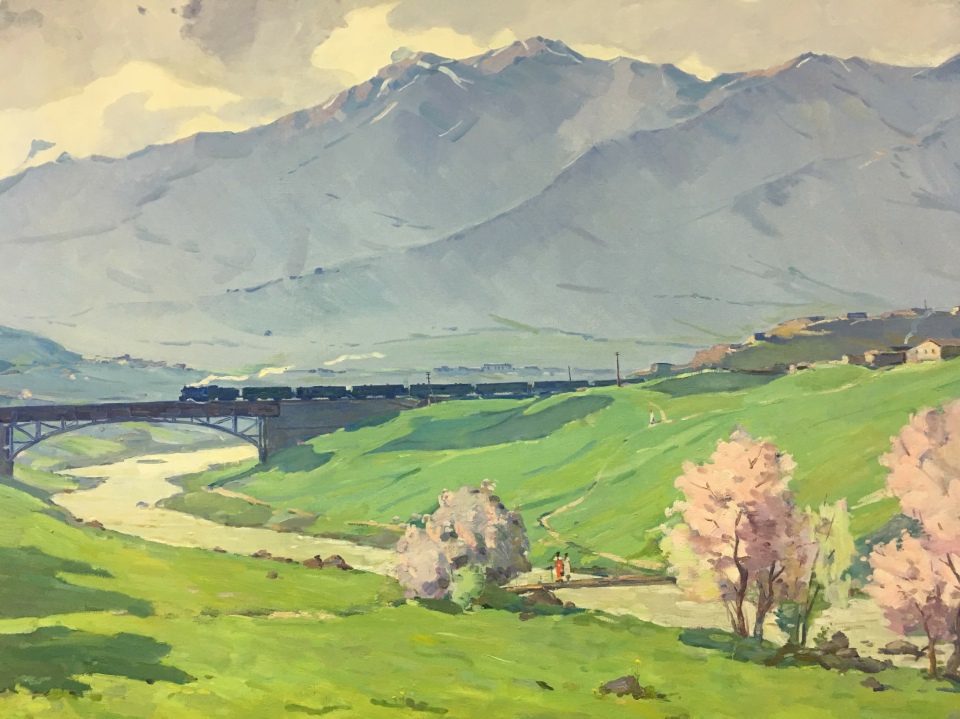
Only the tiniest fraction of works could be displayed, but the rest were catalogued and stored. They survived because no one senior ever asked what Savitsky was doing, or thought to look too closely at his obscure regional museum in a remote desert state.
Savitsky died in 1984, the stressful nature of his work having taking its toll. His chosen successor was a young woman, Marinika Babanazarova, who had no previous museum experience but was committed to Savitsky’s legacy and would safeguard the collection through a tumultuous period as the Soviet Union fell and Karakalpakstan became an autonomous republic within newly independent Uzbekistan.
If Savitsky was the museum’s father, Babanazarova was its mother. In her three decades at the helm she began to lift the veil on the masterpieces held in Nukus. She caught the attention, and earned the respect, of foreign academics; 100 futurist and constructivist graphics were loaned to the Stadtische Kunstsammlungen in Chemnitz, Germany for an exhibition; paintings toured France at the request of specialists from the Louvre; and she began two ambitious building programmes to upgrade the museum’s facilities and put more works on display. Babanazarova published numerous papers and books, and set in motion plans for the hugely successful Treasures of Nukus exhibition at Moscow’s Pushkin Museum in 2017. Visitor numbers have increased to 127,000 a year as word has started to spread.
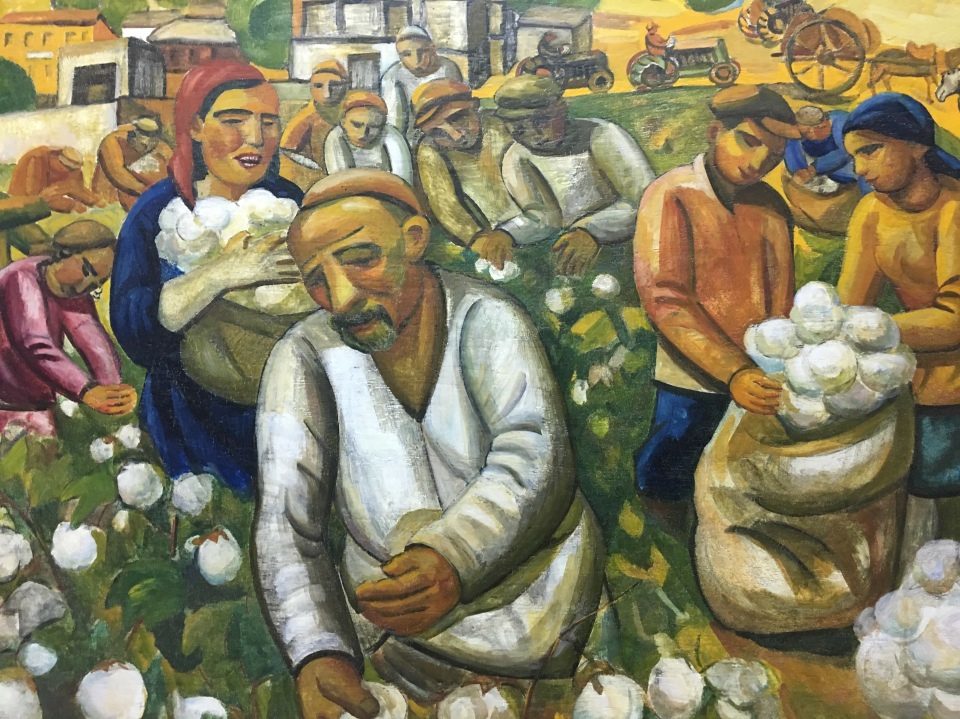
Today, however, the Savitsky Museum is at a crossroads. Babanazarova, now in her 60s, left in 2015, after now discredited accusations of theft and forgery were made against her. Though she is beloved by her former staff, and her knowledge of the collection is second to none, she says it is not her wish to return. The Arts and Culture Development Foundation under the Ministry of Culture of Uzbekistan (ACDF) has announced an open call for a new director with international experience to lead the museum into a new era, and Babanazarova will be on the appointment committee alongside representatives of Moscow’s Tretyakov Gallery, the Picasso Museum in Barcelona, and UNESCO. The art world is watching closely.
Leadership of the museum is a once in a lifetime opportunity, but also a huge undertaking. “We can use the methods of [galleries such as the] the Tate Modern here, but we need a concrete plan,” says Erekeeva.
“The museum world is developing at a high tempo. We need a very strong director to control the museum’s work; we lack museum specialists, and it’s not easy to train them.”
Recognising this, the ACDF’s priorities for new directorial candidates include modernising the museum, introducing advanced museum management processes and technologies, and training staff. There’s a desperate need for qualified restorers: “It’s very urgent,” current director Gulbahar Izentaeva told me. “I want to send our restorers to Moscow.”
When the new director is appointed, hopefully later this year, he or she will also need to strengthen the museum’s international ties. Uzbekistan is opening up, economically, politically, and culturally, and the Savitsky collection is an invaluable tool for soft diplomacy. Those foreigners who have been exposed to the country’s culture are typically only aware of its Silk Road heritage; the modern and contemporary arts are a new and as yet unappreciated dimension of what Uzbekistan has to offer. “The reputation of a museum depends on visitor numbers,” reminded Erekeeva.
But achieving that goal is interconnected with others: appealing to donors and sponsors so that the museum is on a sustainable financial footing; engaging visitors with professionally curated exhibitions and education programmes; and reaching out to the world’s leading museums, galleries, and cultural organisations for partnerships and joint exhibitions, so that more and more art lovers have the opportunity to see the extraordinary artworks which Savitsky saved. The Karakalpakstan State Museum of Art built its treasure trove on isolation and secrecy; but it’s finally time for it to make its stamp on the international stage.